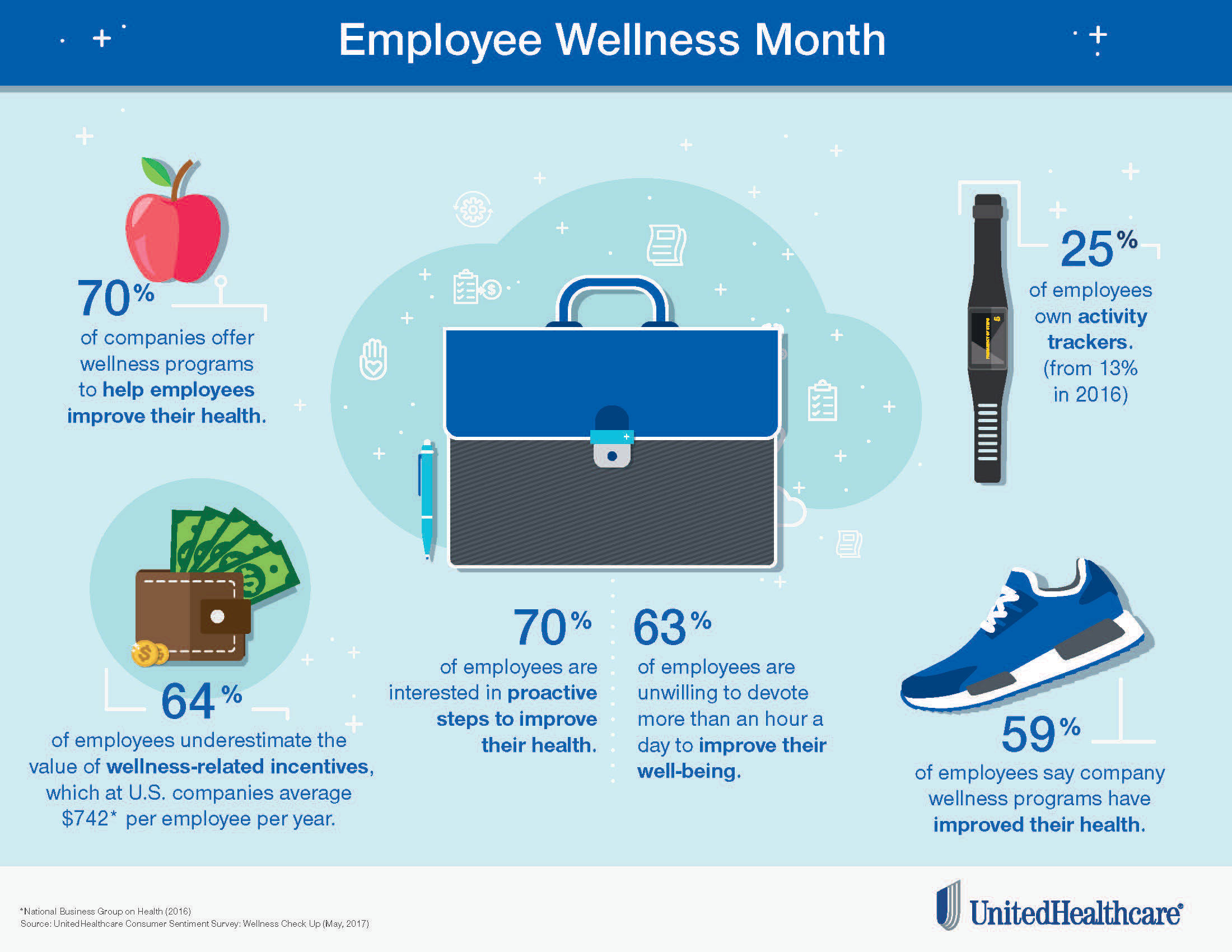Survival in Anxious Times: Why Your Employee Well-Being is Bigger than Brand Revenue
It turns out, the ultimate recipe to boost the productivity of your employees is their health. A survey conducted by Global Wellness Institute found that wellness programs reduced absenteeism and increased productivity in about 80% of the US companies.
As the times are tough with a high level of uncertainty due to the ongoing pandemic, it makes sense to invest in your employees’ well-being. And indeed, many leading companies create survival guides for the brands in their niche, but plenty of them are solely related to business. How to optimize business processes in the coronapocalypse is indeed important, but have you done the internal job? Your employees are going through anxious times, and require no less attention than your clients.
If you are still skeptical about investing in your employees’ well-being, keep reading this article to determine why.
How Can The Employees’ Well-Being Affect Your Business?

The health of your employees is directly proportional to the value they bring to your business. It was found that the employees who eat healthily are about 25% more likely to deliver better performance. Additionally, it was found that healthier employees take fewer sick days, thus reducing absenteeism by about 27%.
On the other hand, 95% of HR leaders agree that employee burnout sabotages workforce retention, and you will find this surprising to know that about 61% of employees are burned out on their jobs.
Considering this, workplaces are increasingly recognizing the need for ergonomic workplace design, safety measures, and employee engagement programs. Around 2.3 million people worldwide are affected by work-related accidents, diseases, and injuries which, besides leading to the loss of precious lives, also cost the corresponding businesses heavily.
And it is not just the physical well-being that counts. Several stats worldwide say that mental health problems cause many employees to drop out of work. Stress obviously has a counter effect on a person’s productivity and can exacerbate any existing physical health issues.
Why Should You Take Responsibility For The Employee’s Well-Being?
Companies lose big time in productivity, administration overhead, and morale whenever their employees undergo stressful physical or mental illness situations. And besides the financial factor, every company has the moral responsibility to ensure a safe and healthy working environment for its employees.
Every decision a business leader takes can alter an employee’s lifestyle and work-life balance. It is your responsibility to take the right initiatives and directives that promote a safe and healthy work environment no matter the size and scale of your operations.
A high-pressure and cut-throat work environment does more harm than good. In contrast, a positive work environment improves employee morale and results in several improvements in productivity over time, leading to positive growth for everyone involved in a company.
Here are some stats that prove the same.
· Companies that rely on high-pressure work tactics tend to have a 50% higher expenditure on health care.
· The American Psychological Association reports that around $500 bn is spent to deal with workplace stress every year in the IS.
· About 60 – 80% of workplace accidents happen due to stress.
· About 80% of employee hospital visits are due to stress as workplace stress is a causal factor for many physical disorders
· Disengagement with employees produced 18% lowered productivity, 16% lowered profitability, 37% lowered job growth, and 65% lowered share price.
· Workplace stress is the most contributing factor for about 50% of voluntary turnovers.
Embracing Positive Work Culture

As you can see, workplace stress is a disorder that needs to be dealt with utmost priority, even more so than your revenue goals. And the best way to go about it is to adopt a positive work culture. It is no surprise that some of the world’s most successful companies give their employees the biggest perks. From work-from-home policies, allowances, happy Fridays to workplace gyms – companies adopt a wide range of healthy practices to keep their employees motivated and engaged.
But you have to understand that it is not just perks that promote positive work culture. At its core, positive work culture is all about caring for your employees and treating them with respect, trust, integrity, and gratitude.
Here are some ways to achieve a good employee relationship and enforce positivity at work
· Promote positive social connections at the workplace
· Empathize with your employees and lead by example
· Encourage people to share their feedback and listen to it unbiasedly. Make sure your organization allows for a safe environment where employees can express their views without any fear.
Maintaining Social Connections And Positive Work Culture In Remote Teams
In recent times, there is yet another challenge companies are facing in the aftermath of the COVID-19 pandemic. In Mar 2020, about one-third of the world went into lockdown, putting many jobs at stake and leaving an air of anxiety and fear in many workplaces. Added to that, workplaces had to rapidly adapt to remote working and work-from-home models with little preparation.
Such an unprecedented situation has put mental health at the forefront for organizations as employee safety is crucial to continue business operations efficiently.
Stats say that up to 70% of workers have felt more stressed during the pandemic than at any other time. You will have to take proactive measures to help out your employees. Help them establish the proper work boundaries and have a healthy balanced life even when working from home. Do consult with experts for guidance and educate yourself to have a healthy recovery post-COVID-19.

